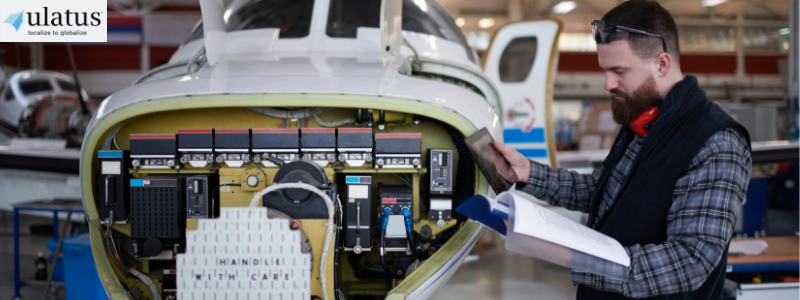
Theidea of technical document translation might sound like a tedioustask, but it is one of the most important types of translations. Many kinds ofdocumentation fall under the technical category, including user, operating, andtechnical manuals, health and safety materials, legal materials, clinical trialdocumentation, material safety data sheets, and ethics and compliancedocumentation.
Aswith other localization projects, there are steps that can be taken in thedocument preparation phase to make the translation process go more smoothly.Here are some tips that we recommend to help with getting technical documentsready for the next step:
Focus on the Basics
Regardless of the kind of content you are having translated, always remember tofocus on some fundamental best practices:
Avoid usingidioms, since they can be misinterpreted.
Keepyour sentences concise and simple, avoiding dependent clauses.
Steerclear from phrases that are not universally understood.
Beconsistent with terminology and make sure that all words are used correctly.
Create a TranslationGlossary
Technical texts are often filled with words that are generally used only withinthe industry and are not found in the target language. As such, the translatormust know what the jargon and abbreviations mean and how and why they wereused, then be able to select the proper replacement in the target language.Creating a translation glossary can easily address this issue. Businesses canselect jargon and abbreviations they would like translated in a specific way,then store those terms in a dataset. From there, a computer assistedtranslation (CAT) tool will identify and decipher the terms throughout thetranslation process.
Carefully SelectGraphics and Symbols
Technicalwriting is rife with symbols and signs specific to the discipline. However,these same signs and symbols are used in other fields, but with differentmeanings and usages. Some of these signs and symbols translate directly, whileothers do not. It is imperative that the translator not only knows what thesigns and symbols represent and how they are being used, but also understandshow they translate into the target language. In addition, althoughincorporating graphics with the content can be beneficial, it is critical tomake sure you are choosing elements that will resonate with the target market.
Allow for FlexibleFormatting
Sincetechnical writing typically consists of short, concise segments of information,it is easy to forget that the translated content could increase or decrease inspace. For example, Hebrew text might come out 40-50 percent shorterthan English. To ensure your content will be properly formatted following thetranslation, consider selecting a new font, shortening your content length, andcarefully planning your design and image selection. In addition, text that isembedded in graphics or tables may throw off the formatting or render thegraphic unreadable based on the text changes during translation. Further, textthat must be next to or offset from a graphic for reasons of information orillustration may be moved due to the expansion or contraction of the targetlanguage translations. The translator must be able to accommodate for theseissues.
Pay Attention toCultural Nuances
Justas important as the translation of linguistic elements, if sometimes not moreso, are issues of culture. It does not matter how perfectly the text istranslated if it is deemed offensive, inappropriate, or culturally irrelevant.Because of the significance of cultural nuances, choose a language serviceprovider (LSP) that hires translators who are native speakers and are fluent inboth the source and target languages.
BeClear About Your Goals and Objectives
Establishing open communication up front with your language services providerwill make the translation process flow more efficiently. Let your LSP know thescope of your project and what you want to achieve with your translateddocumentation.
AllowYour LSP to Plug into Your Content Management System (CMS)
When your language service provider plugs into your CMS, it makes thetranslation process significantly more seamless. Using a content managementsystem for translation ensures quality work, time savings, and efficiency, andit eliminates many manual tasks.
Opt for GlobalizedEditing
Globalizedediting of the source language pair before beginning the translation process ensuresthat irrelevant content is removed, making the translation process moreefficient. The main objective of globalized editing is to run the sourcematerials through a series of cultural tests to deliver the content in a waythat makes sense to the target market before it is translated. A niche service,only a select few LSPs the world over have the capability to offerit.
Thelevel of detail often present in technical documents requires that thetranslation be meticulous. Even one poorly translated word can make asignificant difference in the document. Professionally translated technicaldocumentation by a highly qualified LSP ensures you achieve your businessgoals.
AtUlatus, we offer a wide range of document translation services thatcan help you localize your content, while being contextually impactful for theregion.

Hotline:
0731-85160593
Hotline:
18942048531